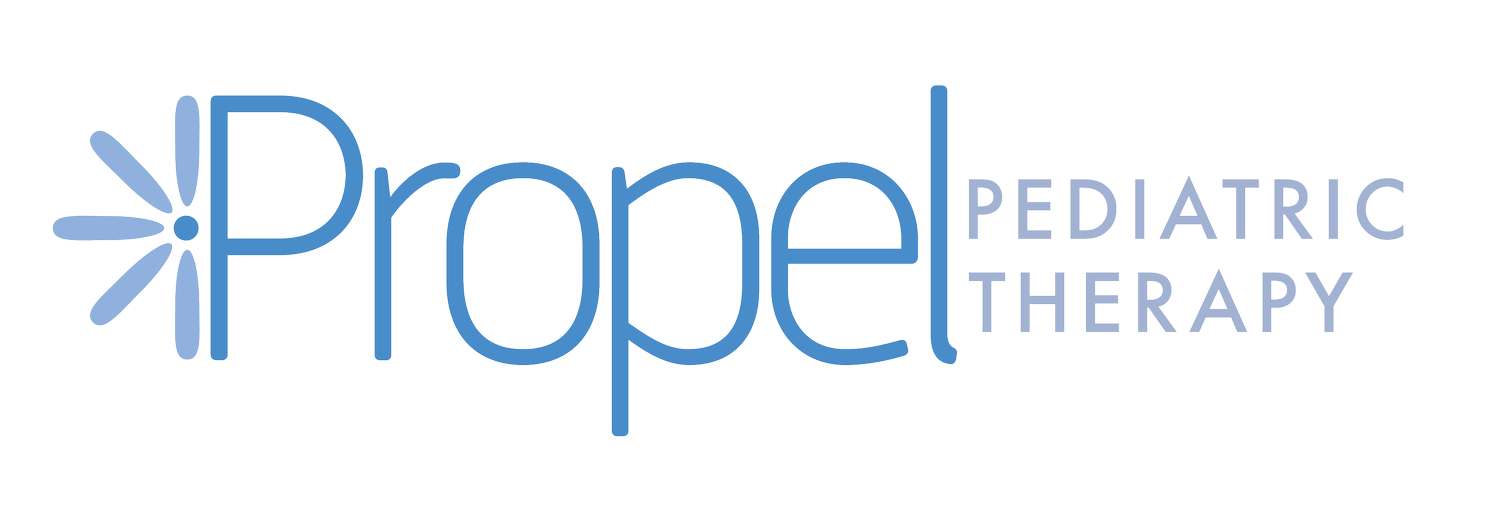Pediatric Feeding Disorders
Pediatric feeding disorders are a type of disorder that affect a child's ability to eat and drink safely and effectively. These disorders can be caused by a range of factors, including medical conditions, developmental delays, and behavioral or sensory issues.
Symptoms of pediatric feeding disorders can include difficulty with sucking, swallowing, chewing, or coordinating breathing with eating or drinking. Children with feeding disorders may also experience aversion or anxiety related to food, leading to selective eating or refusal to eat altogether.
Treatment for pediatric feeding disorders may involve a multidisciplinary team of healthcare professionals, including speech therapists, occupational therapists, and nutritionists. Therapy may focus on improving oral motor skills, sensory processing, and behavioral issues related to feeding, as well as addressing any underlying medical conditions that may be contributing to the problem.
In some cases, feeding therapy may involve a gradual exposure to new foods or textures, with the goal of expanding the child's diet and promoting healthy eating habits. The ultimate goal of therapy for pediatric feeding disorders is to help children develop the skills they need to eat and drink safely and effectively, improve their nutrition, and achieve their developmental milestones.
Fluency Disorders
Fluency disorders are a type of speech disorder that affects an individual's ability to speak fluently and smoothly. These disorders can include stuttering, cluttering, and other types of disfluencies.
One approach to treating fluency disorders that has gained attention in recent years is self-advocacy. Self-advocacy involves helping individuals with fluency disorders to understand their own strengths and challenges related to communication, and to develop strategies for managing their disfluencies and communicating effectively.
In speech therapy for fluency disorders with a focus on self-advocacy, individuals may learn to identify situations in which their disfluencies are more likely to occur and develop strategies to manage them, such as using slower speech or taking pauses. They may also learn to advocate for themselves in social and professional situations, such as by informing others about their disfluencies and requesting accommodations or support as needed.
The goal of fluency disorder therapy with a focus on self-advocacy is to empower individuals with fluency disorders to take an active role in managing their communication difficulties and to advocate for themselves in a variety of settings. By building self-confidence and communication skills, individuals with fluency disorders can improve their quality of lite and achieve their personal and protessional
Autism Spectrum Disorder
Speech therapy for autism spectrum disorder (ASD) with a neurodiversity-affirming approach involves using language that respects and values the unique experiences and perspectives of autistic individuals. The goal is to support autistic individuals in developing their communication skills and promoting their overall well-being and quality of life.
Child-led therapy models are a common approach used in speech therapy for ASD. These models prioritize the child's interests, preferences, and communication styles, allowing them to lead the therapy sessions and engage in activities that they enjoy. Therapy activities may include play-based activities, social skills, and the use of visual aids, assistive technology, and other communication tools.
Speech therapy for ASD may also focus on addressing sensory sensitivities and other issues that can impact communication and social
interaction. This can involve developing strategies to help individuals regulate sensory input and respond appropriately to different stimuli in their environment. Collaboration with Occupational Therapy providers is our priority.
All of our speech pathologists are trained in the Natural Language Acquisition (NLA) framework as well as have education on and experience working with Gestalt Language Processors (GLP).
Overall, the goal of speech therapy for ASD with a neurodiversity-affirming and child-led approach is to empower individuals with ASD to communicate and engage in social interactions in a way that is meaningful and authentic to them, while also addressing any challenges or barriers they may face.
